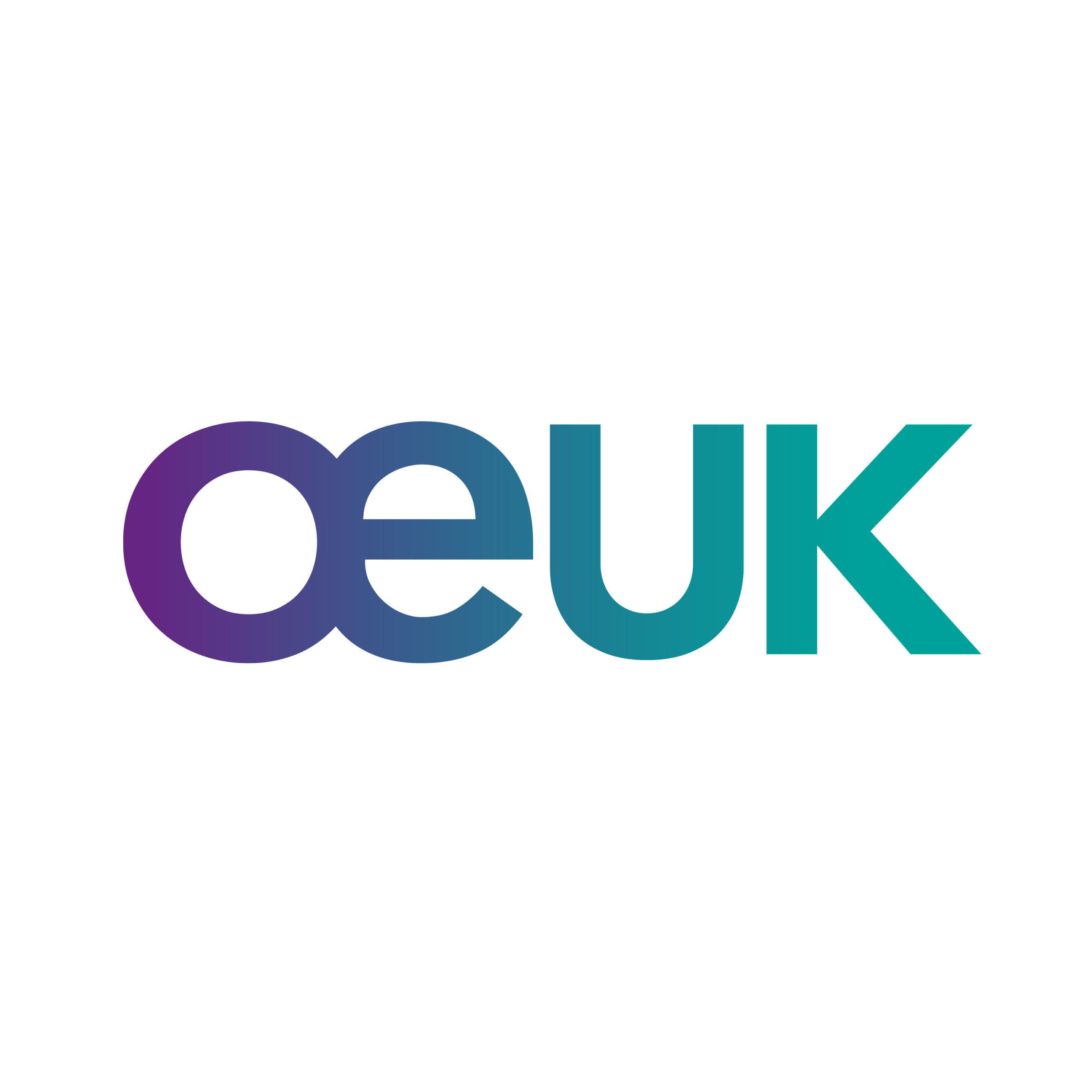Well Test
- Legislation
- Consent Needed and How to Obtain It
- Performance Standards
- Sampling/Monitoring Requirements
- Reporting Requirements
- Non Compliance
- Renewal and Variation
- Snippets
For information on the impact of Brexit on oil and gas environmental legislation, please refer to the pdf document downloadable from the Home Page.
| Key Legislation: |
For more detail on the Legislation relevant to this page, please use the following links: |
| Supporting Legislation: |
| Consent Needed: | Under the OPPC Regulations, there is no requirement for a permit for incidental discharges related to flaring during well tests. Any chemical use proposed will require a Chemical Permit under the Offshore Chemicals Regulations 2002 (see Drilling Chemicals or Production Chemicals). |
| How to Apply: | N/A (see Drilling Chemicals or Production Chemicals for Chemical Permit application process). |
| Who to Apply to: | N/A |
| When to Apply: | N/A |
| Flaring Best Practice: |
|
| Backloading of Oily Slops: | Operations giving rise to ‘oil contaminated fluids’ include well clean-up, cementing, mud pit cleaning and operations where well bore fluids become contaminated with oil based mud, crude oil or condensate. In addition, fluids from rig floor drains and other tank cleaning operations can also be included.
Backloading of slops must meet the requirements of MCA and HSE Guidance Notes: Good Practice for the Carriage of Oil Contaminated Cargoes for Transportation by Offshore Supply Vessel |
| Monitoring During Flaring: |
|
| What to Report: | There are two separate reporting requirements in relation to well test flaring:
|
| Who to Report to | According to the two types of possible reporting, report contacts are as follows:
|
| When to Report | According to the two types of possible reporting, timing of reports are as follows:
|
| What to do if in Breach of Consent/Authorisation: | Breach of consent may comprise failure to stop operations in the event of sea surface pollution. In the event of this, immediate reporting to BEIS will be required. |
| Offshore Inspection: | The BEIS (then DECC) Offshore Oil and Gas Environment Unit Enforcement Policy (PDF document) sets out the general principles that Inspectors shall follow in relation to enforcement including prosecution. |
| Renewal: | N/A |
| None at present. |
